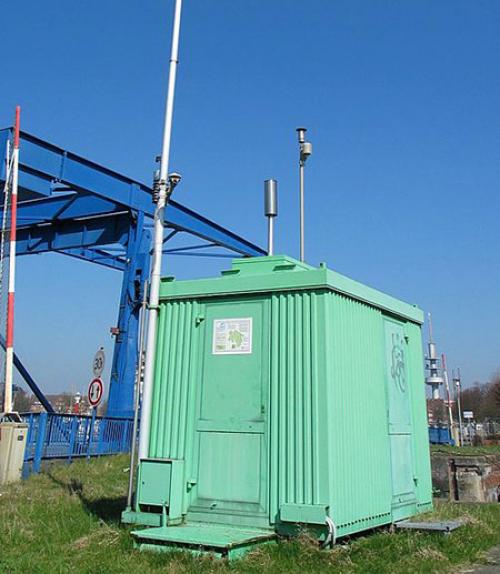Environmental policy guided by science saves lives, money, and ecosystems. So reports a team of eleven senior researchers in Environmental Science and Policy. Using air pollution in the United States as a case study, they highlight the success of cleanup strategies backed by long-term environmental monitoring.
“When it comes to sound environmental policy, facts and data matter. Our efforts to curtail harmful emissions in the US have been guided and validated by environmental monitoring. Reduced air pollution has had tremendous environmental, social, and economic benefits,” said lead author Timothy Sullivan of E&S Environmental Chemistry Inc.
“These huge improvements in air pollution demonstrate how good policy can work, and provide a great example for tackling climate change. The long-term measurements of ecosystem responses allow us to track ecosystem recovery and detect new threats,” added co-author Christine Goodale, professor of ecology and evolutionary biology.
Air pollution has been linked to illness and premature death. When it falls on forests and freshwaters, it also compromises habitat, water quality, and ecosystem services. Reducing air pollution is good for health and keeps industries like forestry, tourism, and fisheries viable.
Since the 1970s, monitoring sites have recorded declining concentrations of airborne pollutants such as sulfur, nitrogen, mercury, and lead. Precipitation has become less acidic, improving water quality in lakes and streams. Visibility-limiting haze and concentrations of ground-level ozone have also decreased. The vast improvement in quality of air and freshwater across the U.S. has been mainly due to the Clean Air and Clean Water Acts enacted nearly 50 years ago, according to the researchers.
To date, economic benefits of the Clean Air Act far outweigh costs. According to co-author Dallas Burtraw, a senior fellow at Resources for the Future, “improved human health and reduced mortality between 1970 and 1990 provided an estimated $22 trillion benefit to the US economy – at a cost of only 2-3% of that total benefit. By 2020, the 1990 Clean Air Act Amendments are projected to yield an additional $2 trillion in benefits, at an estimated cost of about 3% of that benefit.”
The authors highlight the importance of monitoring programs in evaluating the success or failure of environmental policies. “Monitoring programs throughout the US keep a finger on the pulse of shifting environmental conditions. They help us track the effectiveness of pollution reduction policies, and they provide the data needed to recalibrate strategies if they are not working,” said co-author Gene Likens, adjunct professor of ecology and evolutionary biology, president emeritus of the Cary Institute of Ecosystem Studies and distinguished research professor at the University of Connecticut.
Research and monitoring efforts that provided some of the data used in these analyses were supported with funding from the U.S. National Science Foundation, the A.W. Mellon Foundation, and the New York State Energy Research and Development Authority.




